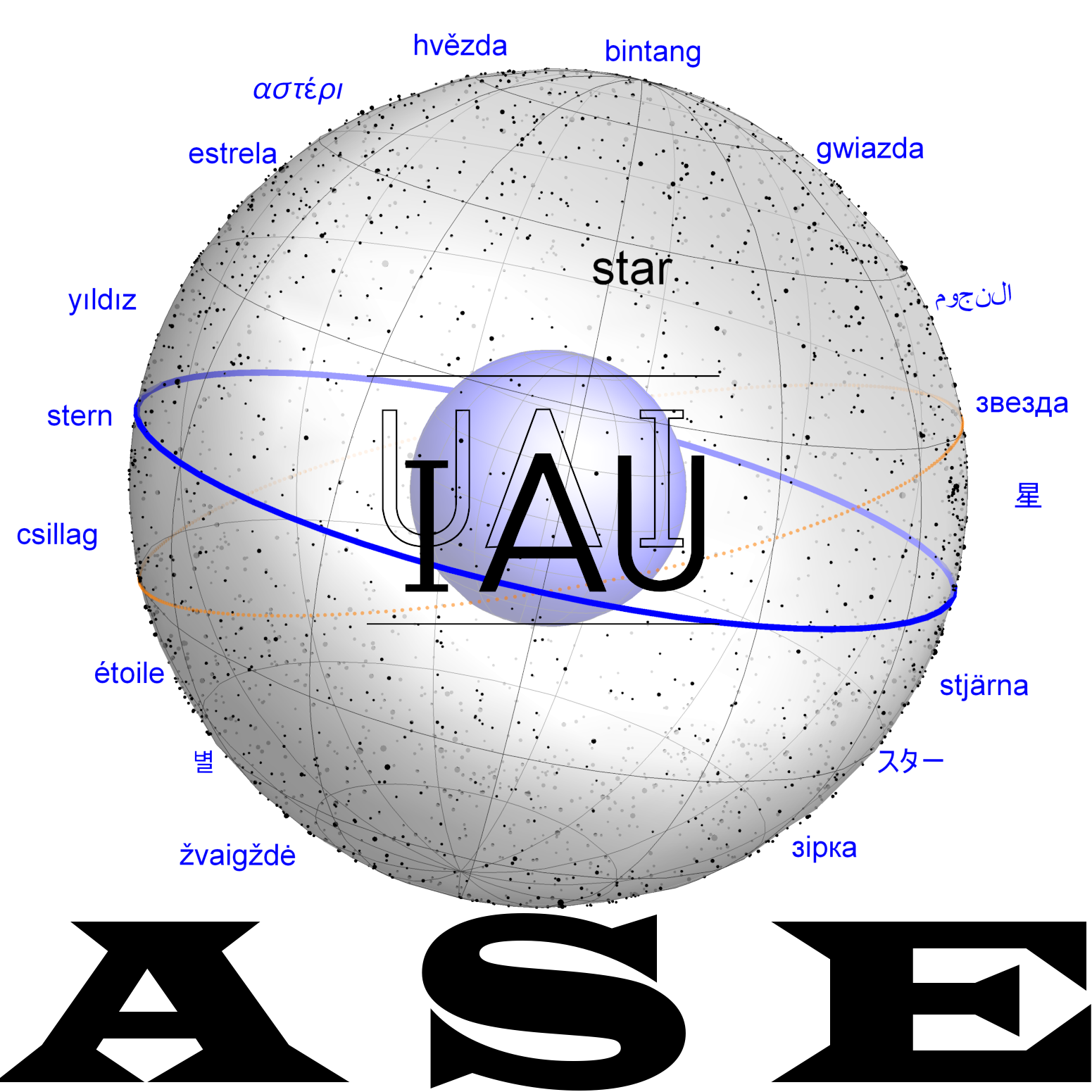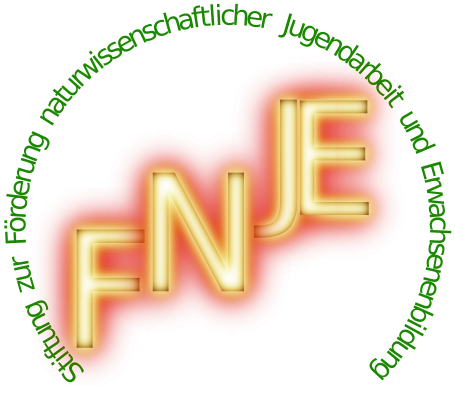LU.MAŠ: Difference between revisions
DavidHilder (talk | contribs) No edit summary |
DavidHilder (talk | contribs) No edit summary |
||
| Line 2: | Line 2: | ||
==Dictionary== |
==Dictionary== |
||
=== Kurtik with Hilder, Hoffmann, Horowitz, Kim === |
=== Kurtik with Hilder, Hoffmann, Horowitz, Kim === |
||
Var. entry: LU<sub>2</sub>.MAŠ; = lumāšu; designation of the signs of the zodiac and possibly of the zodiacal constellations in later astronomical and astrological texts [G. 250; AHw, 563; CAD L, 244-245], see also L19[[Lumāšu]]. |
Var. entry: LU<sub>2</sub>.MAŠ; = ''lumāšu''; designation of the signs of the zodiac and possibly of the zodiacal constellations in later astronomical and astrological texts [G. 250; AHw, 563; CAD L, 244-245], see also (Kurtik L19) ''[[Lumāšu]]''. |
||
{| class="wikitable" |
{| class="wikitable" |
||
|+ |
|+ |
||
| Line 9: | Line 9: | ||
|- |
|- |
||
|'''"Great Star List and Miscellenia".''' |
|'''"Great Star List and Miscellenia".''' |
||
<sup>mul</sup>šu.gi <sup>mul</sup>ud.ka.duḫ.a <sup>mul</sup>sipa.zi.an.na <sup>mul</sup>kak.si.sa<sub>2</sub> <sup>mul</sup>en.te.<na>.bar.ḫum <sup>mul</sup>ti<sub>8</sub><sup>mušen</sup> <sup>mul</sup>pa.bil.sag = 7 lu-ma-šu<sub>2</sub> [Mesop.Astrol., App. B: 226–230]; according to [CAD L, 245], these are the stars whose heliacal risings mark the dates of the solstices and equinoxes, which is hardly true. |
<sup>mul</sup>šu.gi <sup>mul</sup>ud.ka.duḫ.a <sup>mul</sup>sipa.zi.an.na <sup>mul</sup>kak.si.sa<sub>2</sub> <sup>mul</sup>en.te.<na>.bar.ḫum <sup>mul</sup>ti<sub>8</sub><sup>mušen</sup> <sup>mul</sup>pa.bil.sag = 7 ''lu-ma-šu''<sub>2</sub> [Mesop.Astrol., App. B: 226–230]; according to [CAD L, 245], these are the stars whose heliacal risings mark the dates of the solstices and equinoxes, which is hardly true. |
||
| |
| |
||
|- |
|- |
||
|'''GU-text.''' |
|'''GU-text.''' |
||
(D) lu-maš <sup>mu</sup>[<sup>l</sup>k]ak.si.sa<sub>2</sub>, (E) lu-<maš> <sup>mul</sup>kak.si.sa<sub>2</sub> "constellation Arrow" [Pingree-Walker 1988, BM 78161:6, 8]. |
(D) ''lu-maš'' <sup>mu</sup>[<sup>l</sup>k]ak.si.sa<sub>2</sub>, (E) ''lu''-<''maš''> <sup>mul</sup>kak.si.sa<sub>2</sub> "constellation Arrow" [Pingree-Walker 1988, BM 78161:6, 8]. |
||
| |
| |
||
|- |
|- |
||
| Line 21: | Line 21: | ||
|- |
|- |
||
|'''Mathematical astronomy.''' |
|'''Mathematical astronomy.''' |
||
In the ephemerides of the Seleucid times: a) lu.maš = "zodiac, sign of the zodiac", b) lu.maš.meš = "zodiac, signs of the zodiac", c) ša<sub>2</sub> lu.maš gab-bi "for the whole zodiac", d) ina murub<sub>4</sub> lu.maš gab-bi "for the middle of the whole zodiac" [ACT II, 481b]. |
In the ephemerides of the Seleucid times: a) lu.maš = "zodiac, sign of the zodiac", b) lu.maš.meš = "zodiac, signs of the zodiac", c) ''ša''<sub>2</sub> lu.maš ''gab-bi'' "for the whole zodiac", d) ''ina'' murub<sub>4</sub> lu.maš ''gab-bi'' "for the middle of the whole zodiac" [ACT II, 481b]. |
||
| |
| |
||
|- |
|- |
||
|'''Late astrology, magic and the calendar.''' |
|'''Late astrology, magic and the calendar.''' |
||
lu-maš / lu-ma-šu<sub>2</sub> gab-bi "all the lumashu" [TU, 11:2, 9, 20], <sup>múl</sup>lu-ma-ši, <sup>múl</sup>lu-maš [TU, 20: 3, 13], lu-maš ša<sub>2</sub> an-e gab-bi "all the lumashu of the sky" [TU, no. 20:13], 12 lu-ma-ši u<sub>2</sub>-qat-ta "12 lumashu ended" [TU, no. 20:14], mu <sup>d</sup>lu-maš ina x sag šur-ri-i ša<sub>2</sub> <sup>d</sup>lu-ma-ši u<sub>2</sub>-šar-ru-u<sub>2</sub> [TU, 20:14], lu-ma-šu<sub>2</sub> ša<sub>2</sub> iti-šu<sub>2</sub> dib-iq-ma "the lumashu (= constellation) that has passed its month" (about the heliacal rising not in its month) [Biggs 1968, 53:5], cf. also [CAD L, 245b], iti.meš ša<sub>2</sub> <sup>d</sup>udu.idim.meš u lu-ma-šu<sub>2</sub> "months of planets and lumashu" [LBAT, 1616:19], <sup>múl</sup>lu.maš [Sachs 1952, 66:6-8]. |
''lu-maš'' / ''lu-ma-šu''<sub>2</sub> ''gab-bi'' "all the lumashu" [TU, 11:2, 9, 20], <sup>múl</sup>''lu-ma-ši'', <sup>múl</sup>''lu-maš'' [TU, 20: 3, 13], ''lu-maš ša''<sub>2</sub> ''an-e gab-bi'' "all the lumashu of the sky" [TU, no. 20:13], 12 ''lu-ma-ši u''<sub>2</sub>-''qat-ta'' "12 lumashu ended" [TU, no. 20:14], mu <sup>d</sup>''lu-maš ina'' x sag ''šur-ri-i ša''<sub>2</sub> <sup>d</sup>''lu-ma-ši u''<sub>2</sub>-''šar-ru-u''<sub>2</sub> [TU, 20:14], ''lu-ma-šu''<sub>2</sub> ''ša''<sub>2</sub> ''iti-šu''<sub>2</sub> ''dib-iq-ma'' "the lumashu (= constellation) that has passed its month" (about the heliacal rising not in its month) [Biggs 1968, 53:5], cf. also [CAD L, 245b], iti.meš ša<sub>2</sub> <sup>d</sup>udu.idim.meš ''u lu-ma-šu''<sub>2</sub> "months of planets and lumashu" [LBAT, 1616:19], <sup>múl</sup>lu.maš [Sachs 1952, 66:6-8]. |
||
| |
| |
||
|} |
|} |
||
| Line 32: | Line 32: | ||
{| class="wikitable" |
{| class="wikitable" |
||
|- |
|- |
||
! scope="col" style="width: 60%;" | Kurtik (2022) |
! scope="col" style="width: 60%;" | Kurtik (2022, L09) |
||
! scope="col" style="width: 40%;" | Gössmann (1950) |
! scope="col" style="width: 40%;" | Gössmann (1950) |
||
|- |
|- |
||
Revision as of 10:03, 18 April 2025
mul / dLU.MAŠ is an ancient Mesopotamian asterism.
Dictionary
Kurtik with Hilder, Hoffmann, Horowitz, Kim
Var. entry: LU2.MAŠ; = lumāšu; designation of the signs of the zodiac and possibly of the zodiacal constellations in later astronomical and astrological texts [G. 250; AHw, 563; CAD L, 244-245], see also (Kurtik L19) Lumāšu.
| Sources | Identifications |
|---|---|
| "Great Star List and Miscellenia".
mulšu.gi mulud.ka.duḫ.a mulsipa.zi.an.na mulkak.si.sa2 mulen.te.<na>.bar.ḫum multi8mušen mulpa.bil.sag = 7 lu-ma-šu2 [Mesop.Astrol., App. B: 226–230]; according to [CAD L, 245], these are the stars whose heliacal risings mark the dates of the solstices and equinoxes, which is hardly true. |
|
| GU-text.
(D) lu-maš mu[lk]ak.si.sa2, (E) lu-<maš> mulkak.si.sa2 "constellation Arrow" [Pingree-Walker 1988, BM 78161:6, 8]. |
|
| Text BM 36599+.
lu2.maš is a common designation of the signs of the zodiac, first, as far as we know, in the lunar tables of the late 5th century BC. [Aaboe-Sachs 1969, 12: col. v 1]. |
|
| Mathematical astronomy.
In the ephemerides of the Seleucid times: a) lu.maš = "zodiac, sign of the zodiac", b) lu.maš.meš = "zodiac, signs of the zodiac", c) ša2 lu.maš gab-bi "for the whole zodiac", d) ina murub4 lu.maš gab-bi "for the middle of the whole zodiac" [ACT II, 481b]. |
|
| Late astrology, magic and the calendar.
lu-maš / lu-ma-šu2 gab-bi "all the lumashu" [TU, 11:2, 9, 20], múllu-ma-ši, múllu-maš [TU, 20: 3, 13], lu-maš ša2 an-e gab-bi "all the lumashu of the sky" [TU, no. 20:13], 12 lu-ma-ši u2-qat-ta "12 lumashu ended" [TU, no. 20:14], mu dlu-maš ina x sag šur-ri-i ša2 dlu-ma-ši u2-šar-ru-u2 [TU, 20:14], lu-ma-šu2 ša2 iti-šu2 dib-iq-ma "the lumashu (= constellation) that has passed its month" (about the heliacal rising not in its month) [Biggs 1968, 53:5], cf. also [CAD L, 245b], iti.meš ša2 dudu.idim.meš u lu-ma-šu2 "months of planets and lumashu" [LBAT, 1616:19], múllu.maš [Sachs 1952, 66:6-8]. |
Historical Dictionaries
| Kurtik (2022, L09) | Gössmann (1950) |
|---|---|
| вар. записи: LU2.MAŠ; = lumāšu; обозначение знаков зодиака, а также, возможно, зодиакальных созвездий в поздних астрономических и астрологических текстах [G. 250; AHw, 563; CAD L, 244–245], см. также L19Lumāšu.
I. Источники. «Большой список звезд». mulšu.gi mulud.ka.duḫ.a mulsipa.zi.an.na mulkak.si.sa2 mulen.te.<na>.bar.ḫum multi8mušen mulpa.bil.sag = 7 lu-ma-šu2 [Mesop.Astrol., App. B: 226–230]; согласно [CAD L, 245], это звезды, чьи гелиакические восходы отмечали даты солнцестояний и равноденствий, что едва ли соответствует действительности. GU-текст. (D) lu-maš mu[lk]ak.si.sa2, (E) lu-<maš> mulkak.si.sa2 «созвездие Стрела» [Pingree–Walker 1988, BM 78161:6, 8]. Текст BM 36599+. lu2.maš — общее обозначение знаков зодиака, впервые, насколько нам известно, в лунных таблицах конца V в. до н.э. [Aaboe–Sachs 1969, 12: col. v 1]. Математическая астрономия. В эфемеридах селевкидского времени: а) lu.maš = «зодиак, знак зодиака», b) lu.maš.meš = «зодиак, знаки зодиака», с) ša2 lu.maš gab-bi «для всего зодиака», d) ina murub4 lu.maš gab-bi «для середины всего зодиака» [ACT II, 481b]. Поздняя астрология, магия и календарь. lu-maš / lu-ma-šu2 gab-bi «все лумашу» [TU, 11:2, 9, 20], múllu-ma-ši, múllu-maš [TU, 20: 3, 13], lu-maš ša2 an-e gab-bi «все лумашу неба» [TU, № 20:13], 12 lu-ma-ši u2-qat-ta «12 лумашу закончились» [TU, № 20:14], mu dlu-maš ina x sag šur-ri-i ša2 dlu-ma-ši u2-šar-ru-u2 [TU, 20:14], lu-ma-šu2 ša2 iti-šu2 dib-iq-ma «лумашу (= созвездие), который месяц свой прошел» (о гелиакическом восходе не в свой месяц) [Biggs 1968, 53:5], см. также [CAD L, 245b], iti.meš ša2 dudu.idim.meš u lu-ma-šu2 «месяцы планет и лумашу» [LBAT, 1616:19], múllu.maš [Sachs 1952, 66:6–8]. |
Example |




